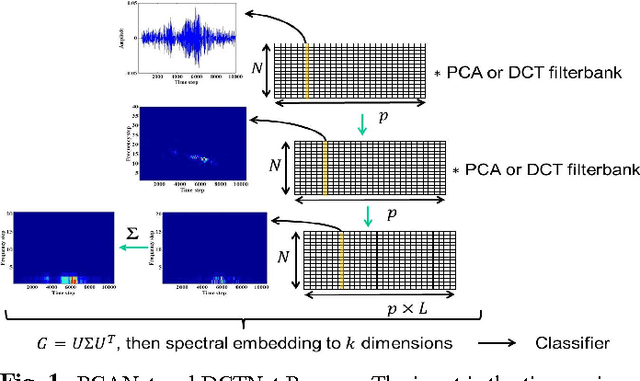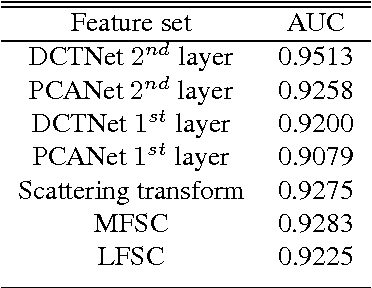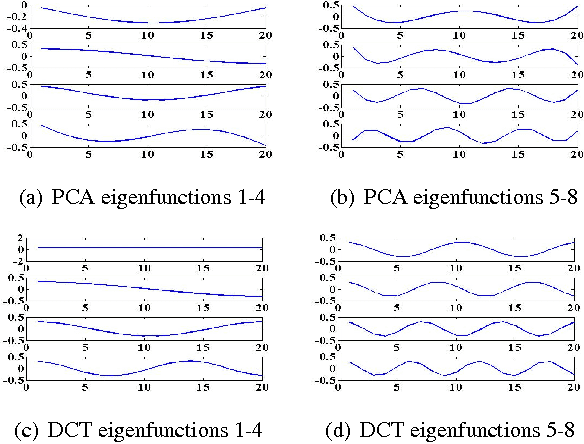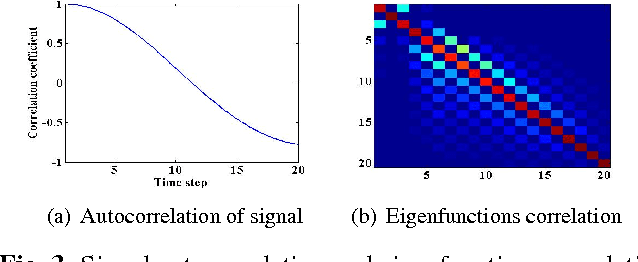Yin Xian
Optimal low rank tensor recovery
Jun 24, 2019


Abstract:We investigate the sample size requirement for exact recovery of a high order tensor of low rank from a subset of its entries. In the Tucker decomposition framework, we show that the Riemannian optimization algorithm with initial value obtained from a spectral method can reconstruct a tensor of size $n\times n \times\cdots \times n$ tensor of ranks $(r,\cdots,r)$ with high probability from as few as $O((r^d+dnr)\log(d))$ entries. In the case of order 3 tensor, the entries can be asymptotically as few as $O(nr)$ for a low rank large tensor. We show the theoretical guarantee condition for the recovery. The analysis relies on the tensor restricted isometry property (tensor RIP) and the curvature of the low rank tensor manifold. Our algorithm is computationally efficient and easy to implement. Numerical results verify that the algorithms are able to recover a low rank tensor from minimum number of measurements. The experiments on hyperspectral images recovery also show that our algorithm is capable of real world signal processing problems.
DCTNet and PCANet for acoustic signal feature extraction
Apr 28, 2016



Abstract:We introduce the use of DCTNet, an efficient approximation and alternative to PCANet, for acoustic signal classification. In PCANet, the eigenfunctions of the local sample covariance matrix (PCA) are used as filterbanks for convolution and feature extraction. When the eigenfunctions are well approximated by the Discrete Cosine Transform (DCT) functions, each layer of of PCANet and DCTNet is essentially a time-frequency representation. We relate DCTNet to spectral feature representation methods, such as the the short time Fourier transform (STFT), spectrogram and linear frequency spectral coefficients (LFSC). Experimental results on whale vocalization data show that DCTNet improves classification rate, demonstrating DCTNet's applicability to signal processing problems such as underwater acoustics.
 Add to Chrome
Add to Chrome Add to Firefox
Add to Firefox Add to Edge
Add to Edge